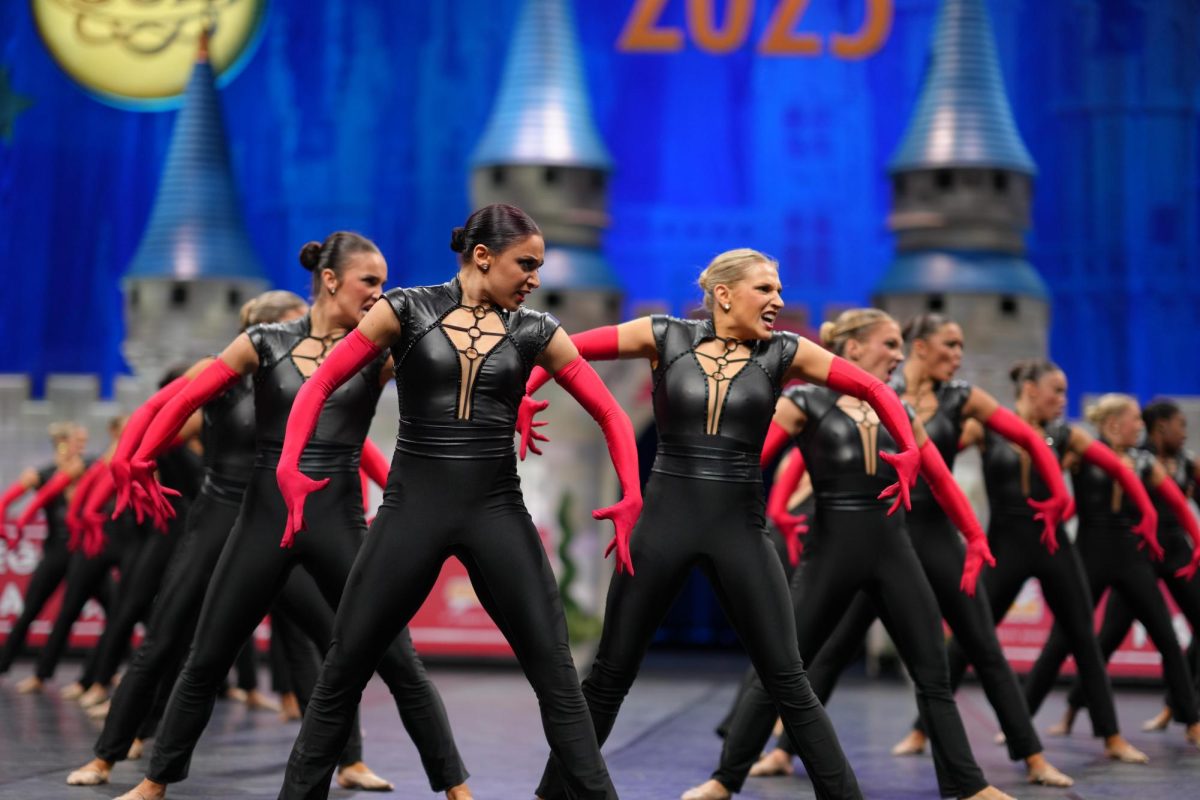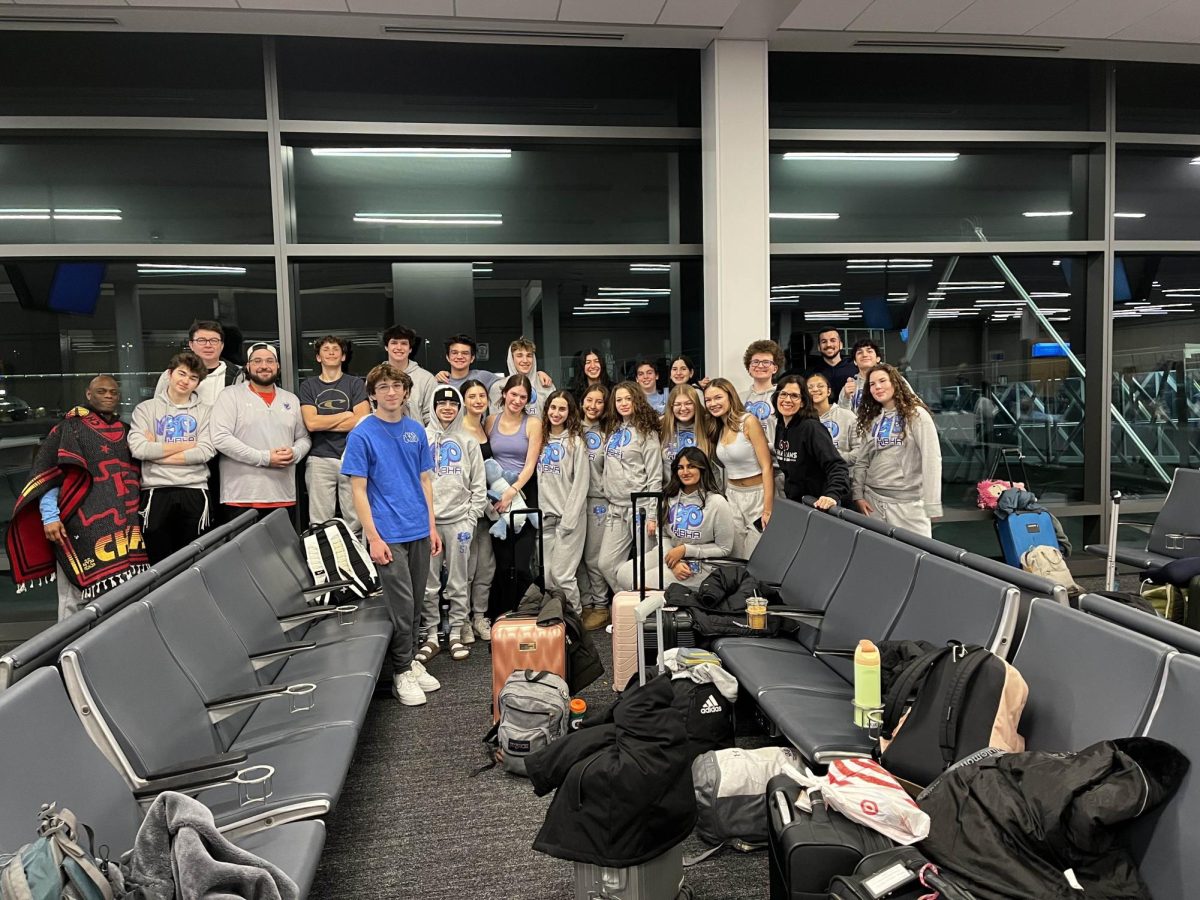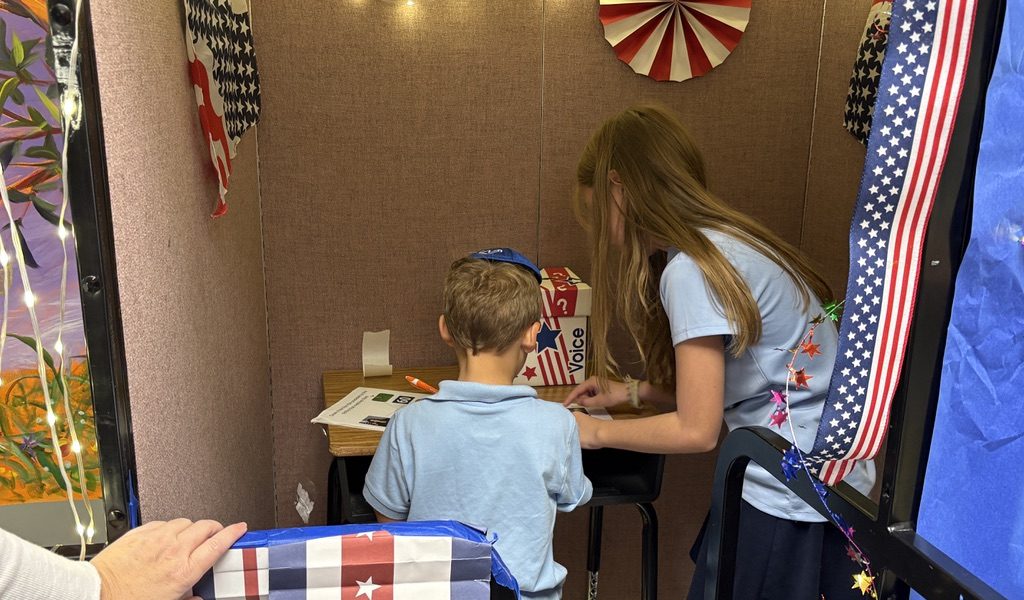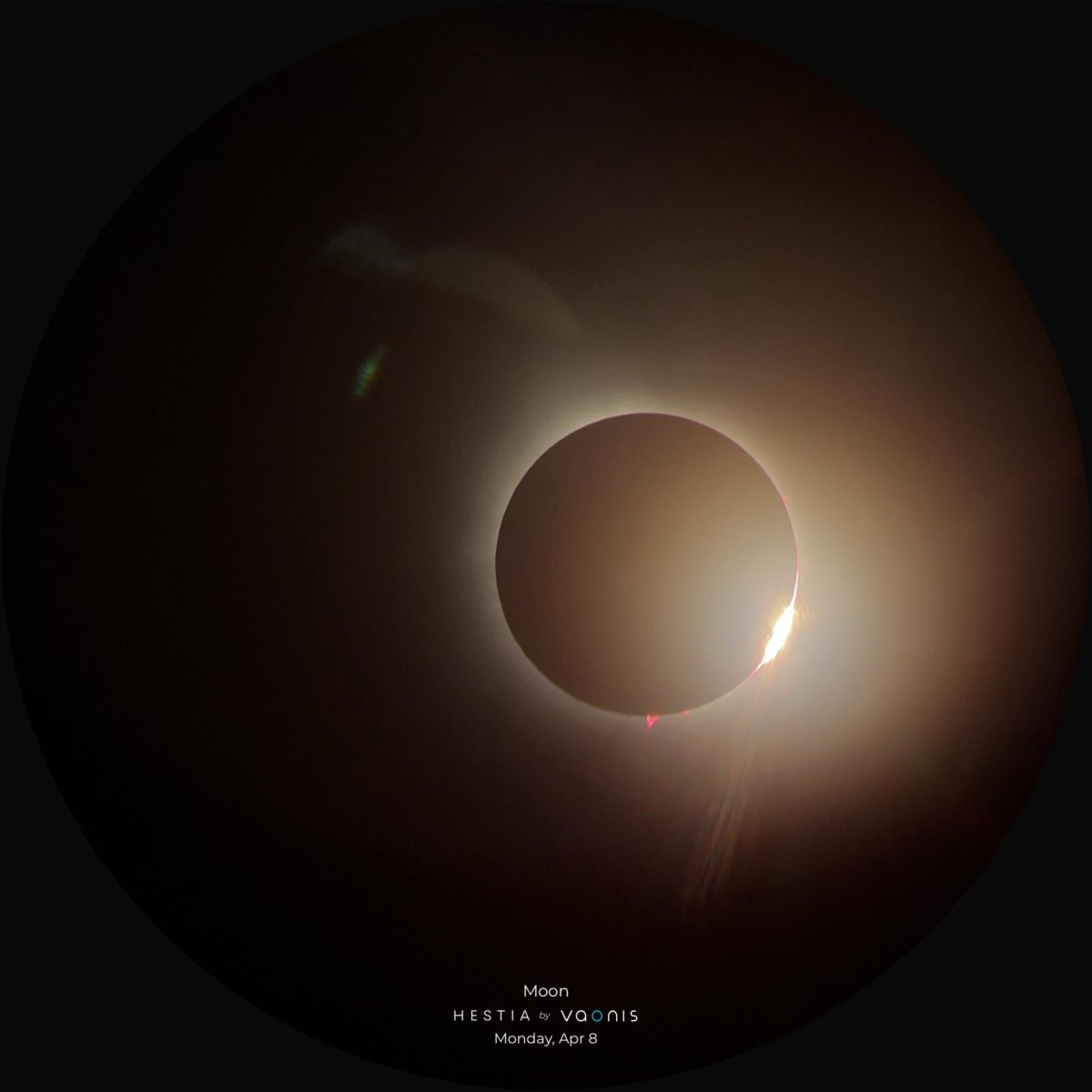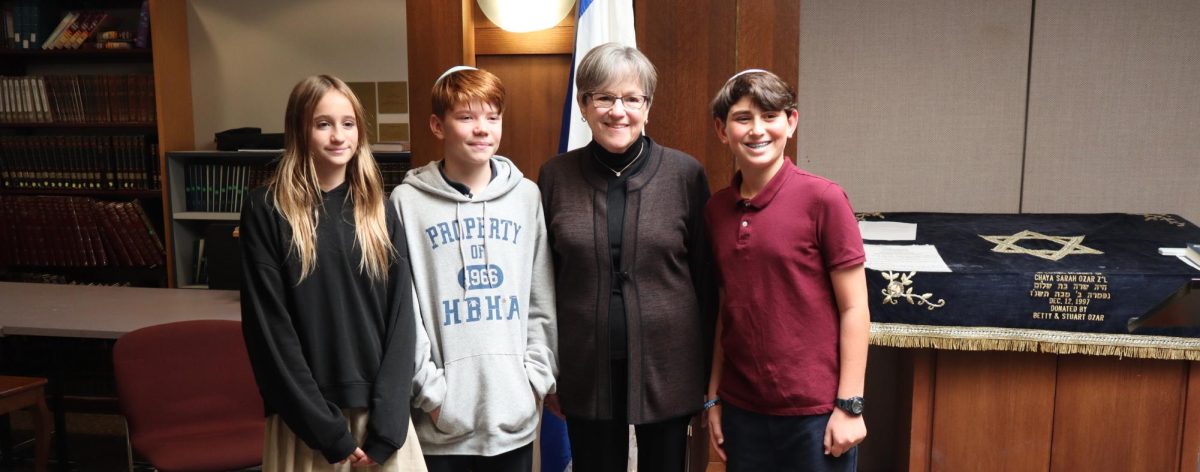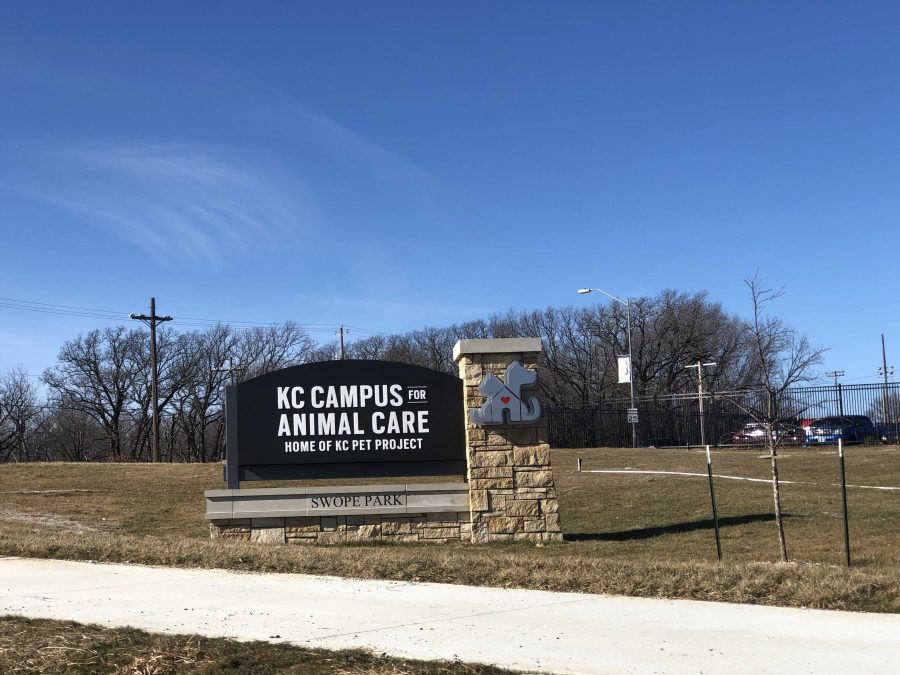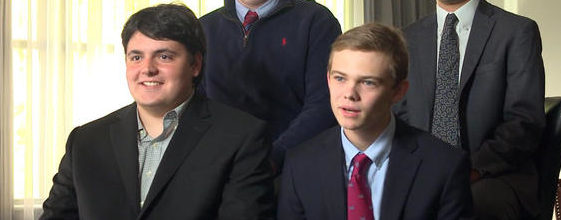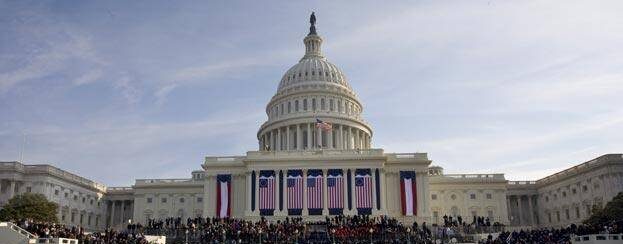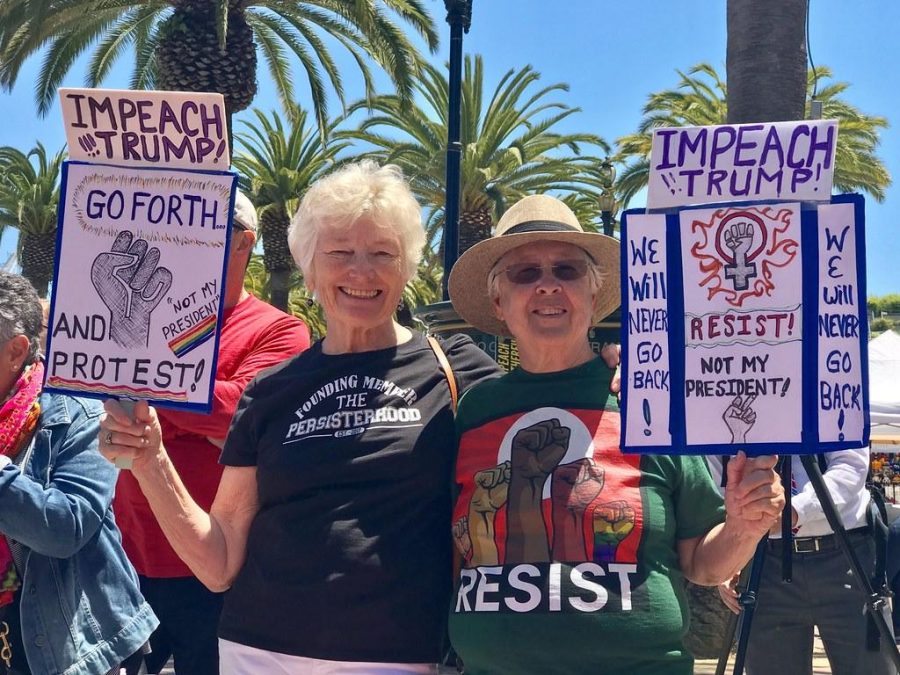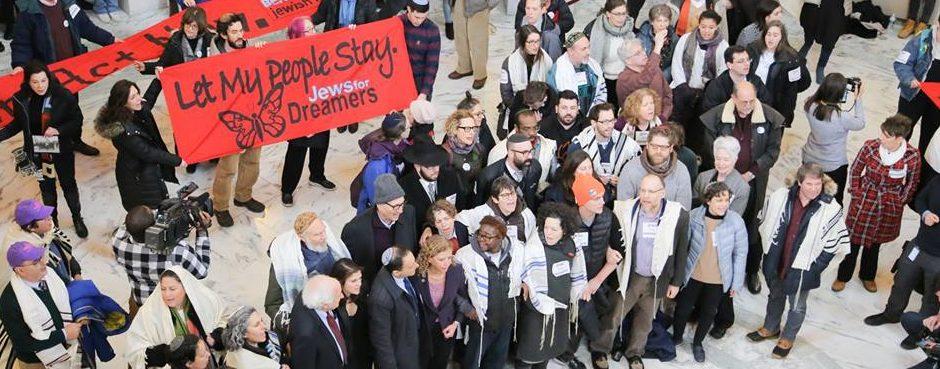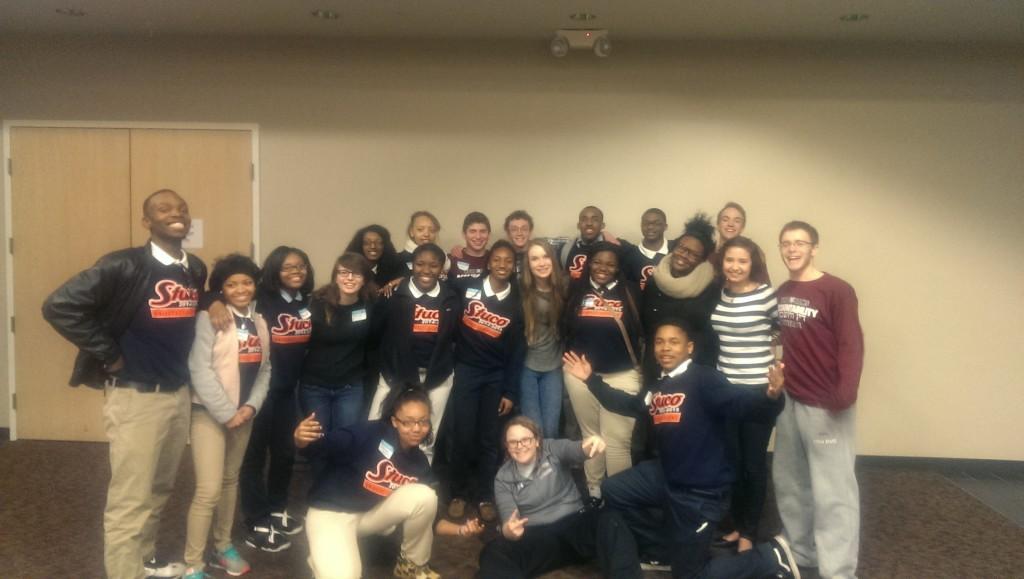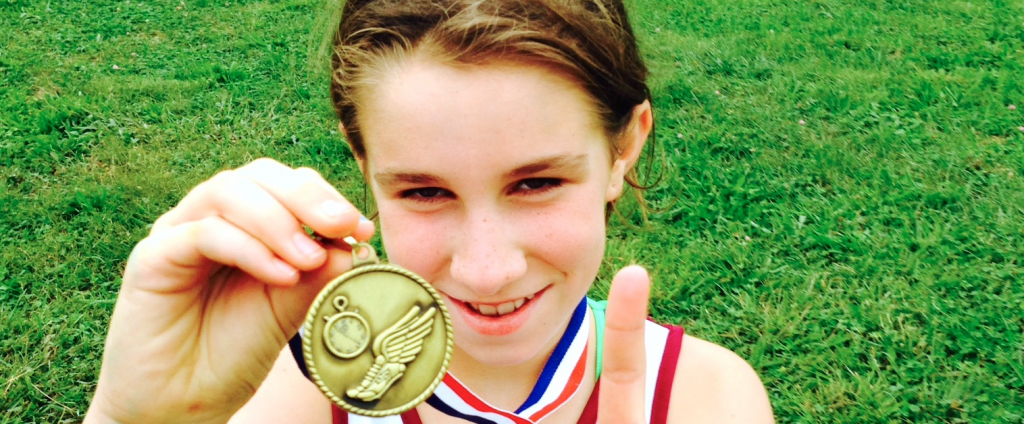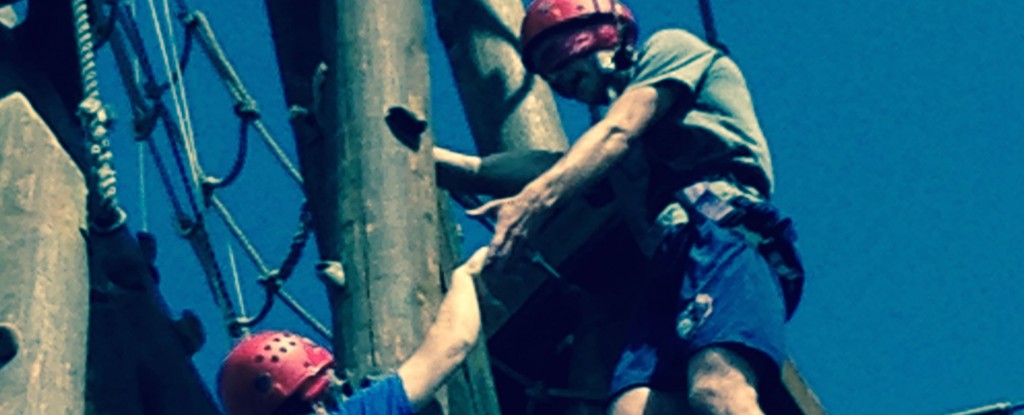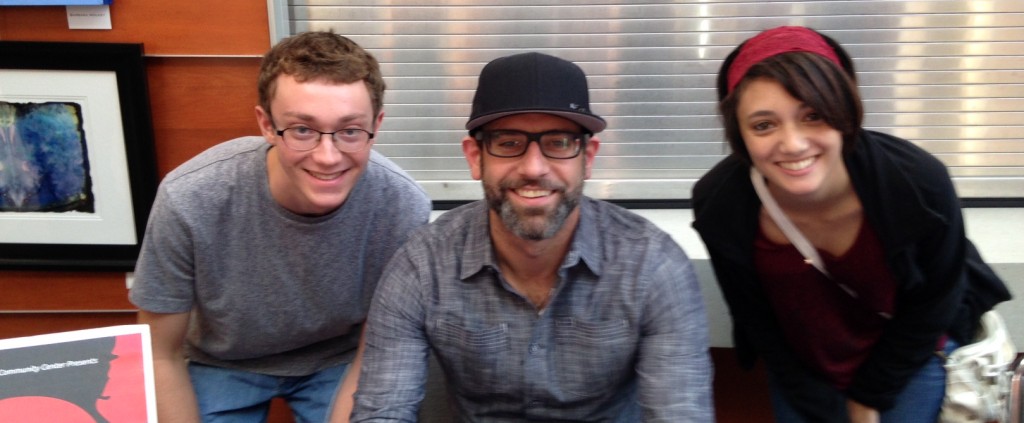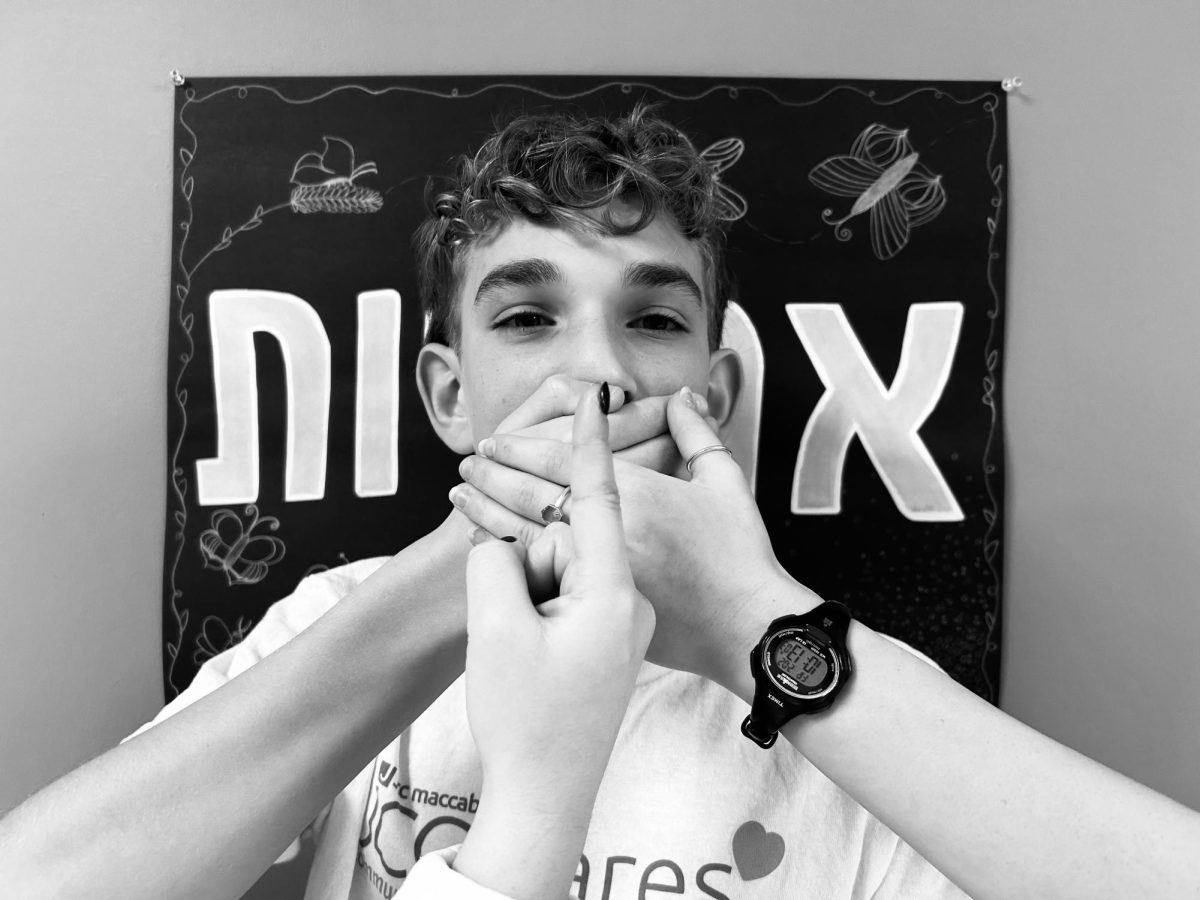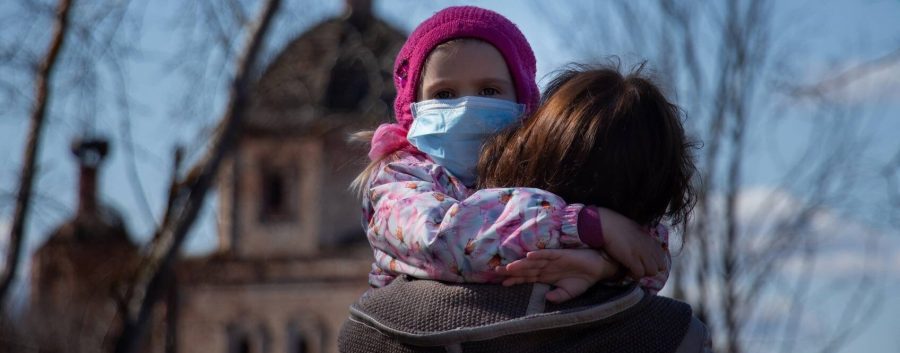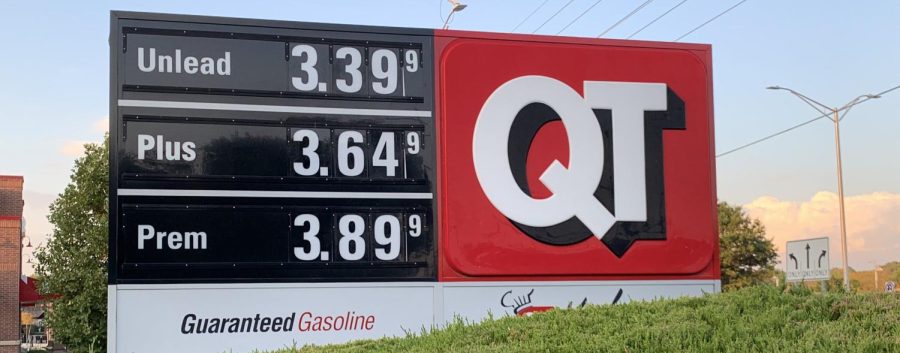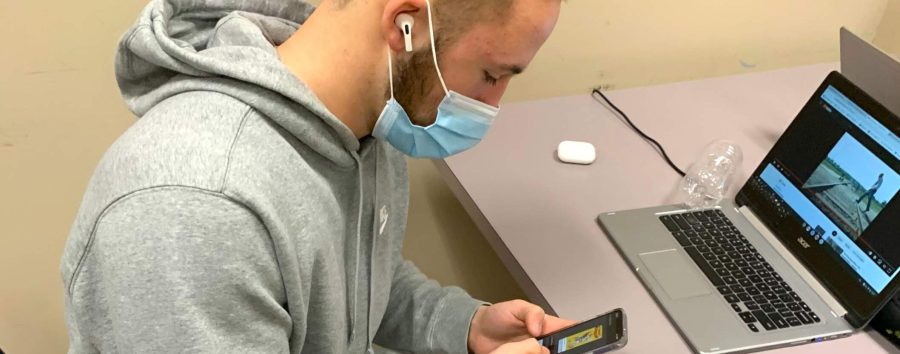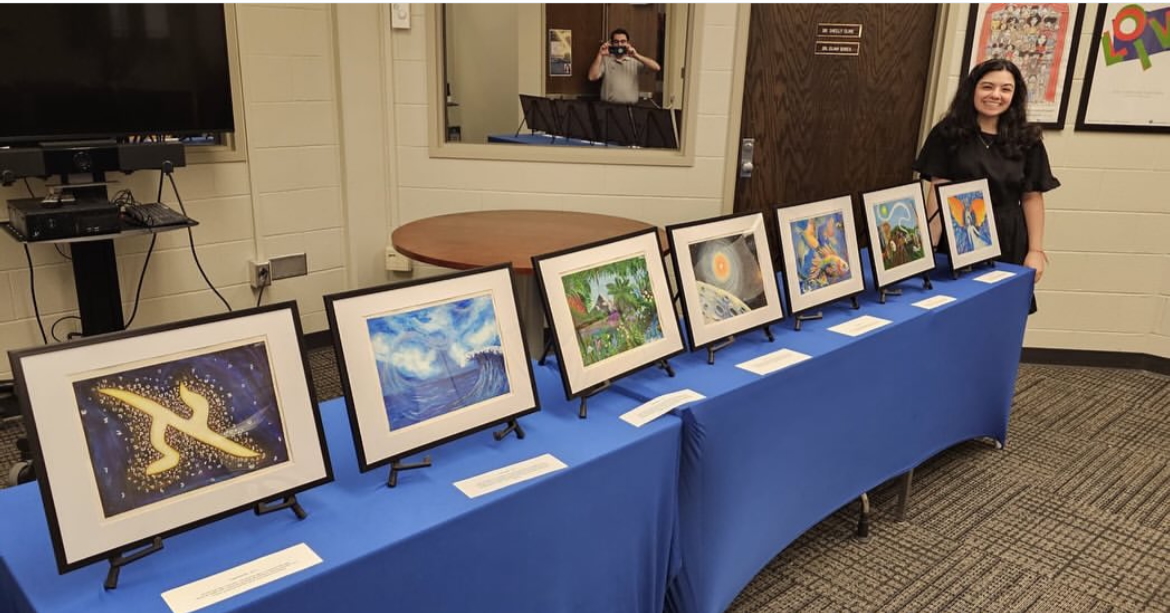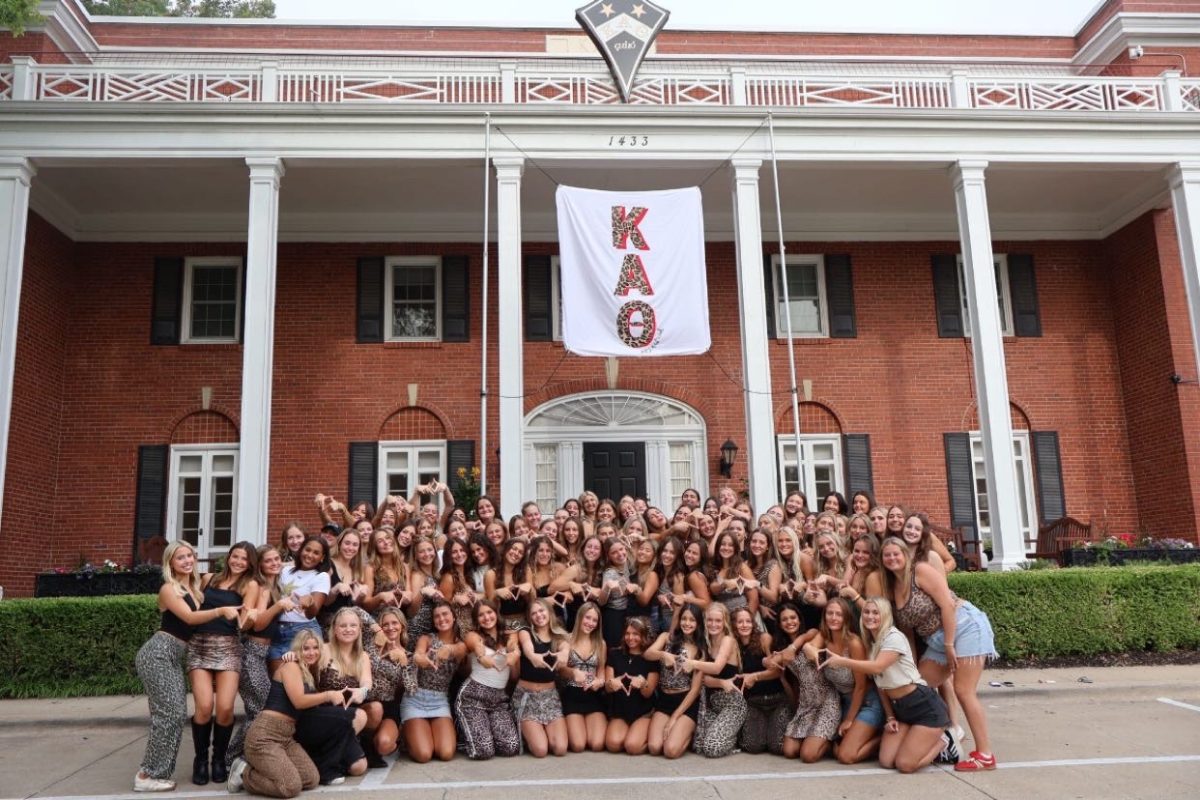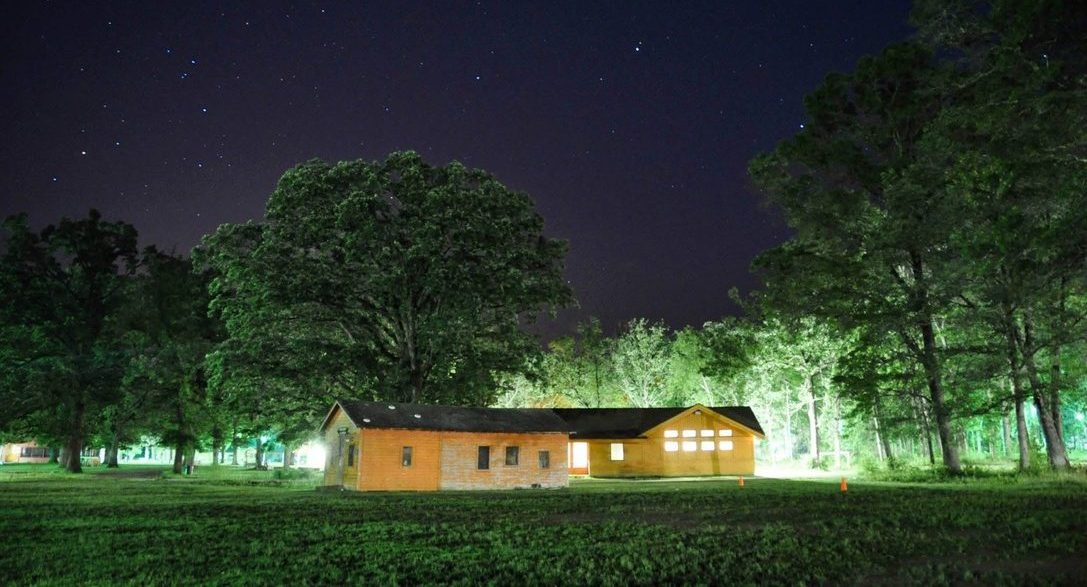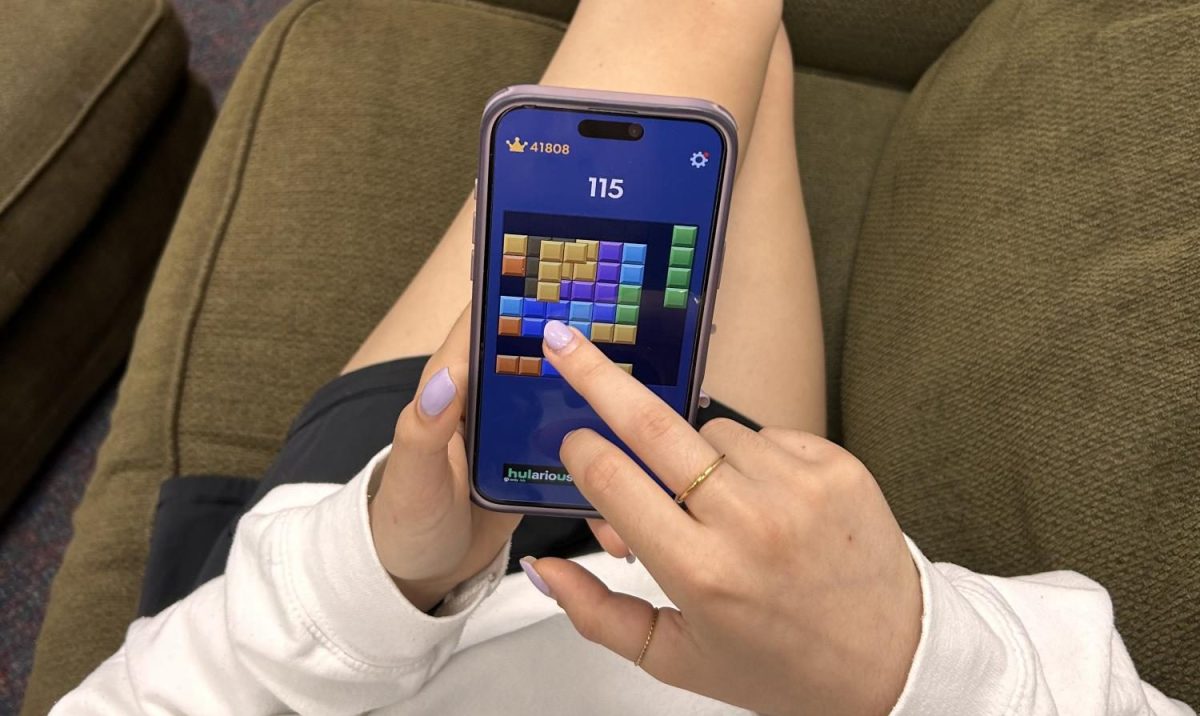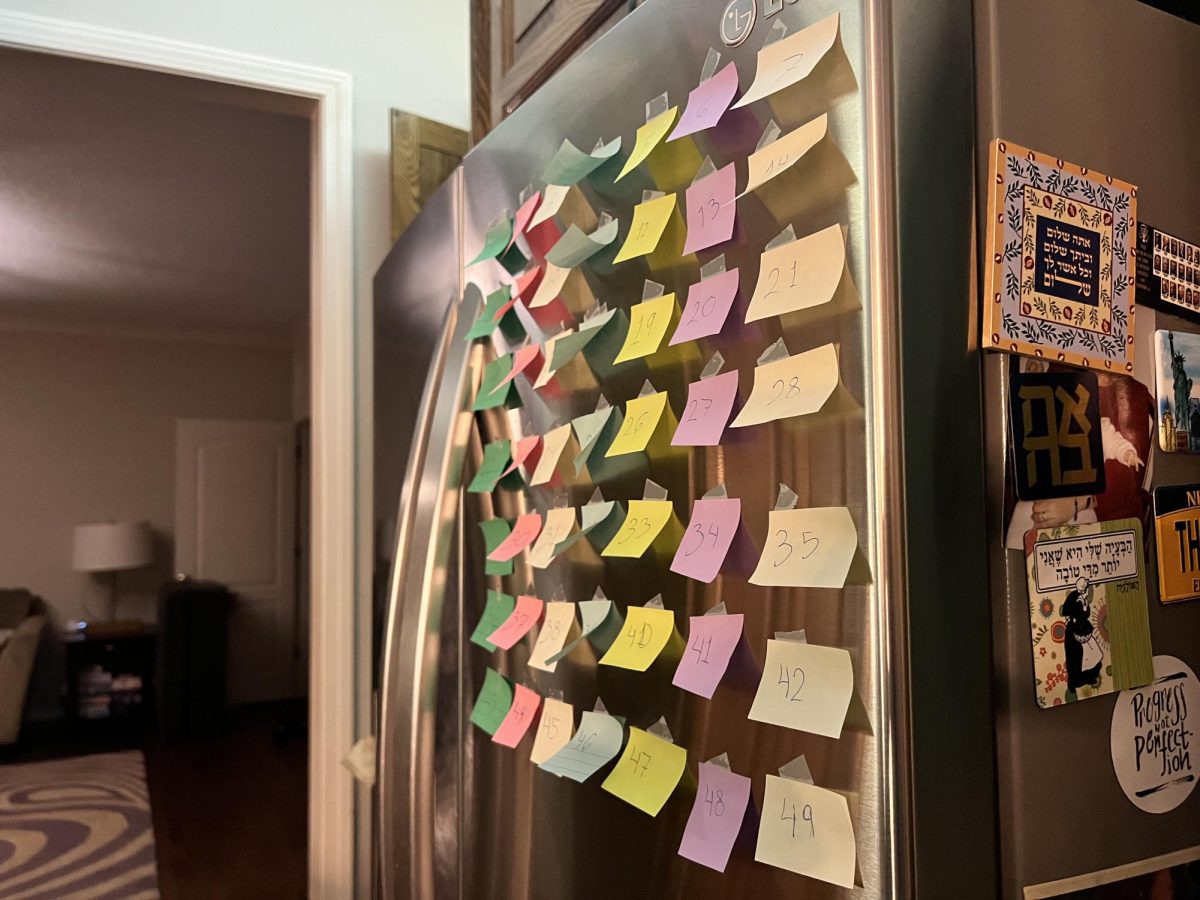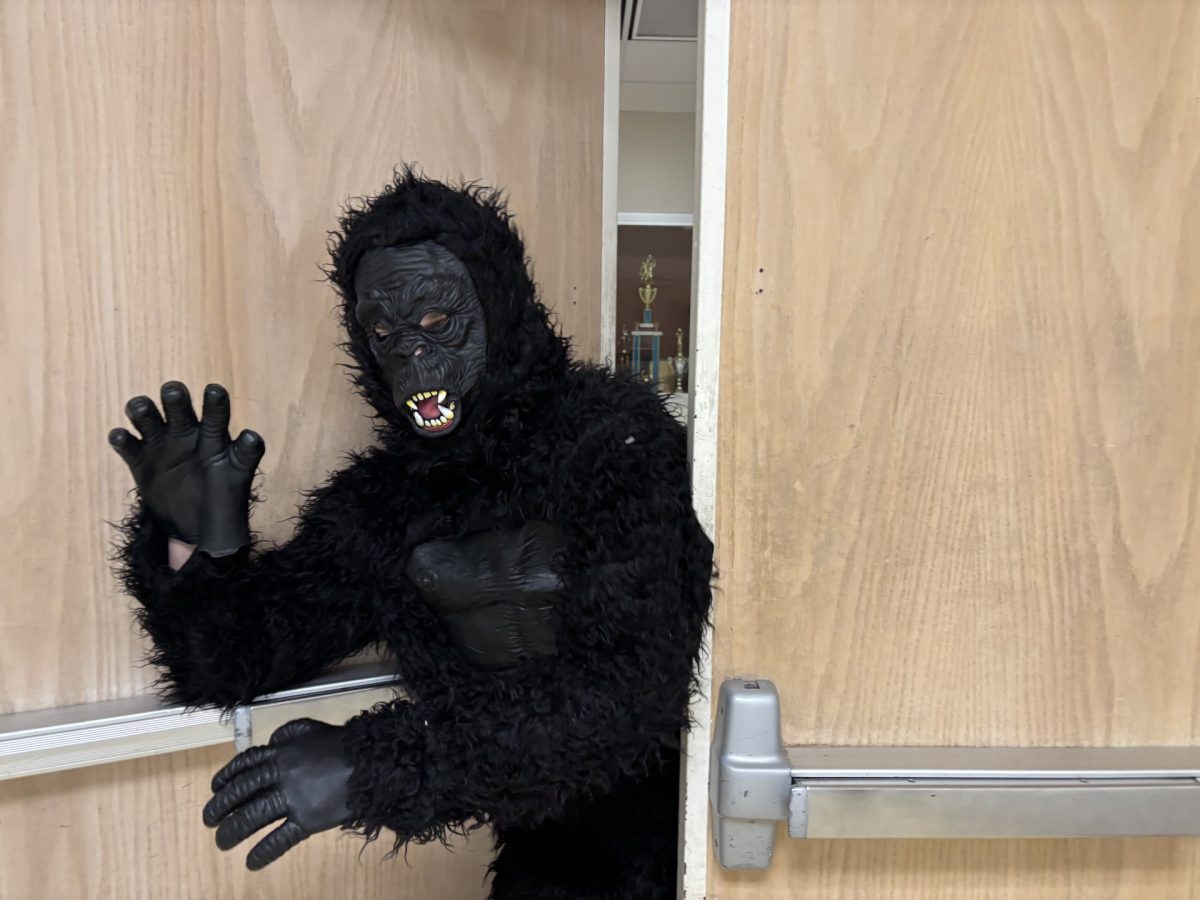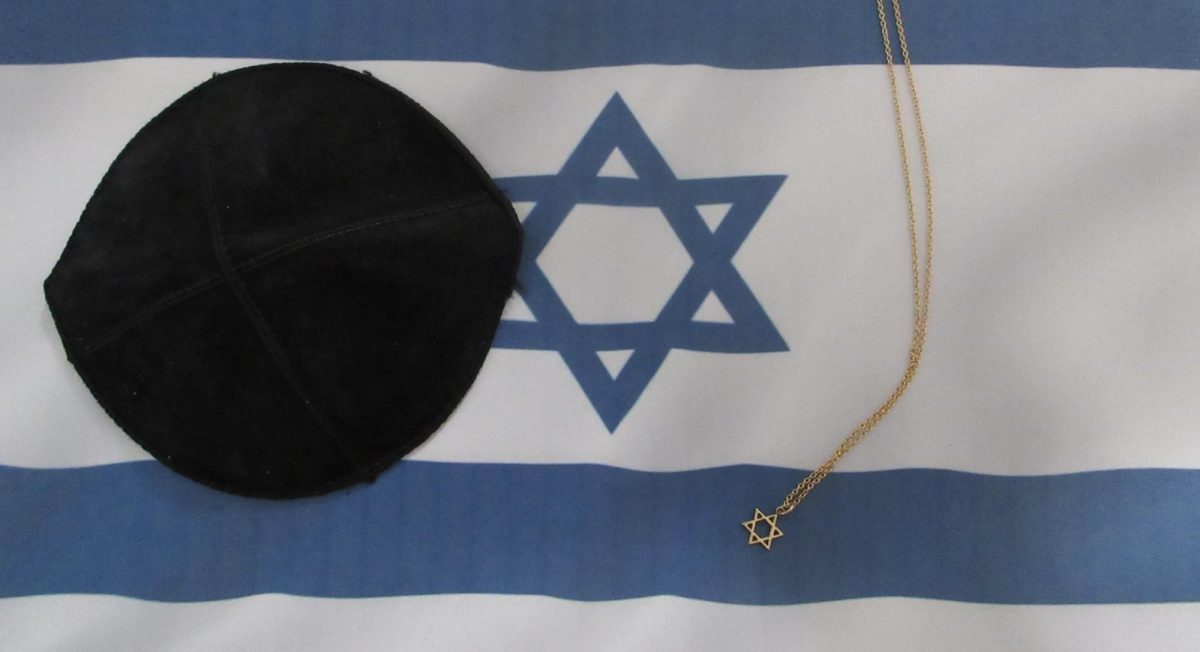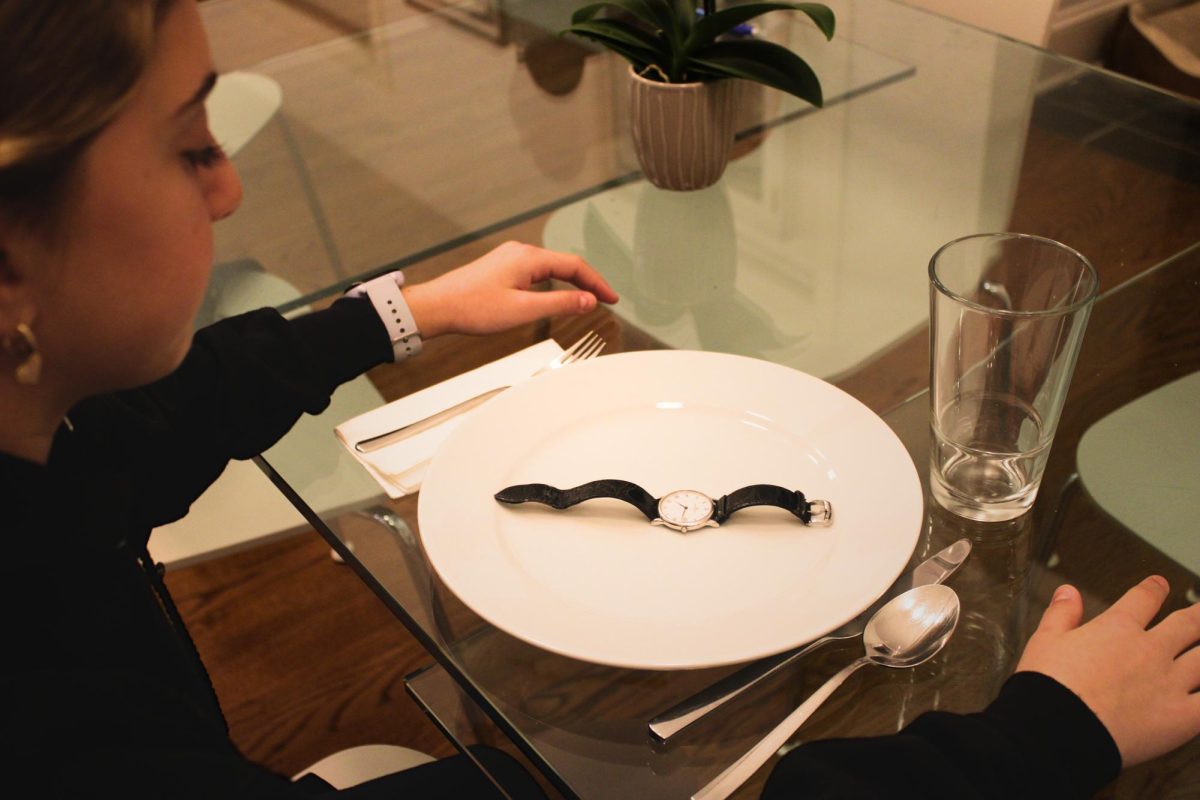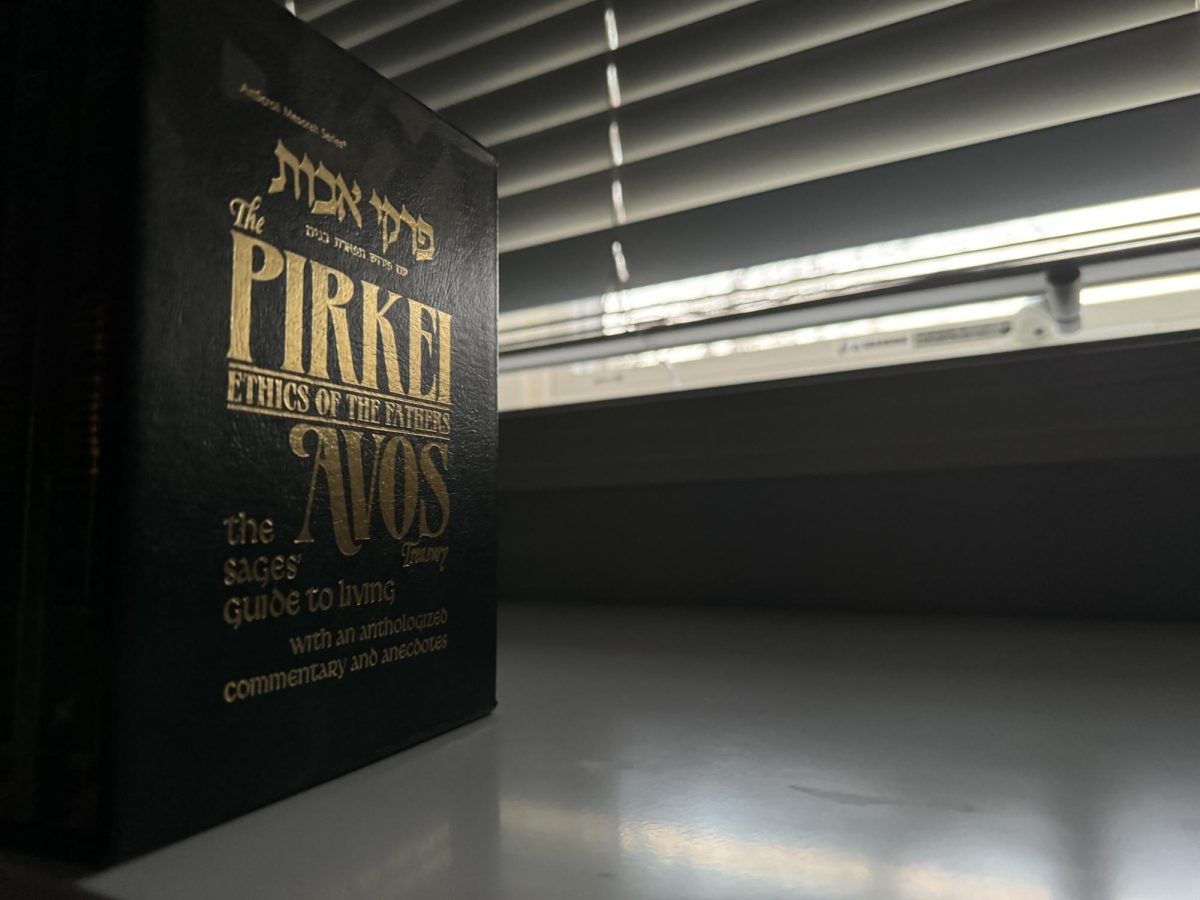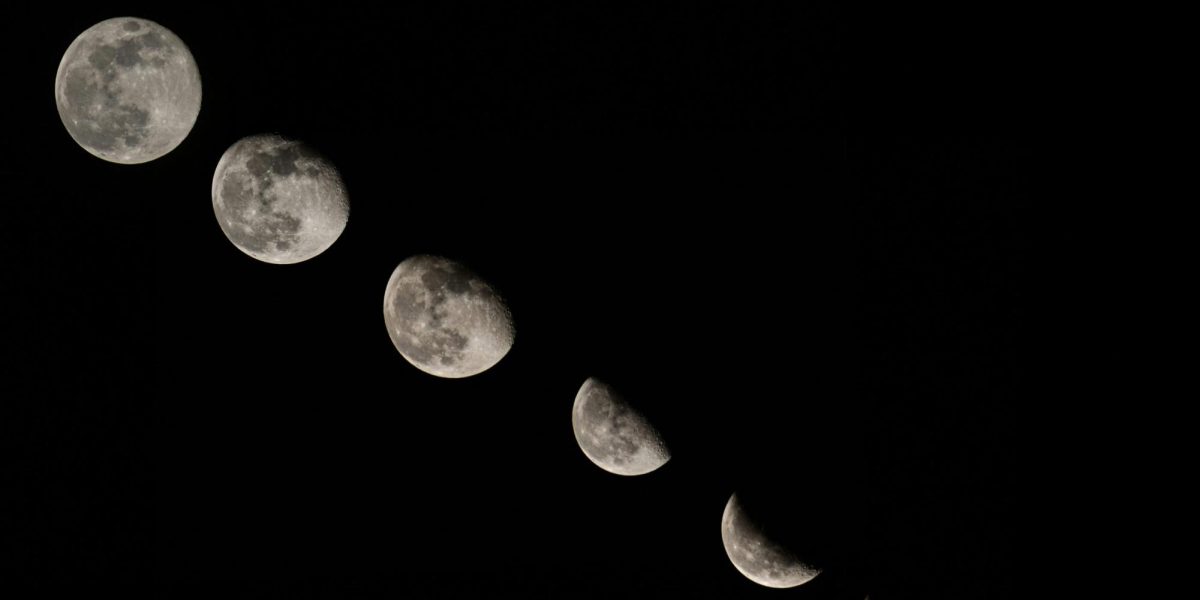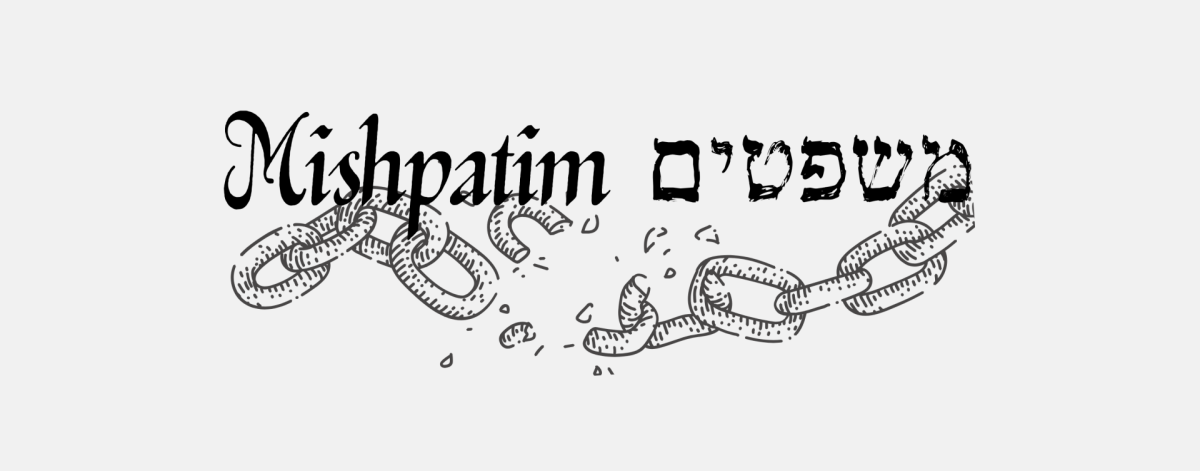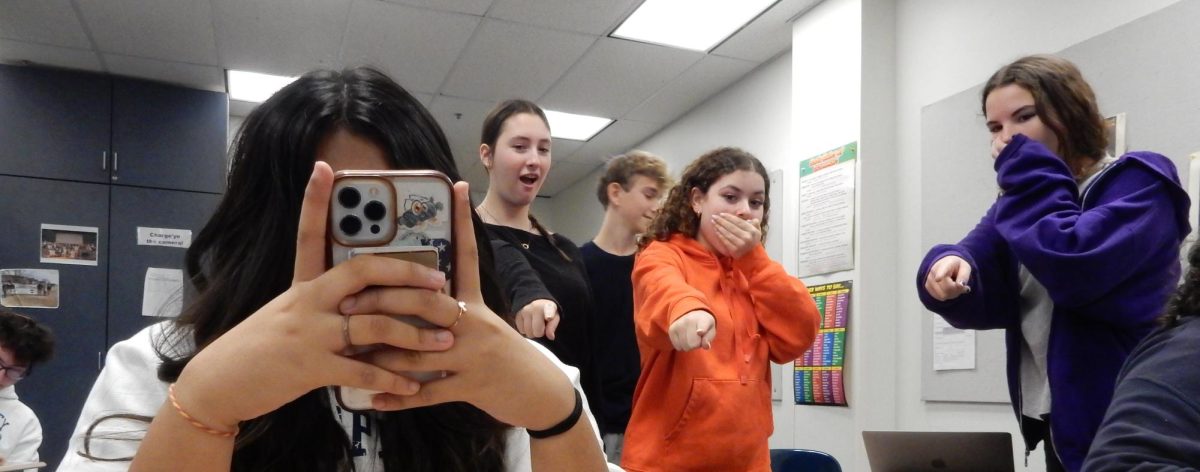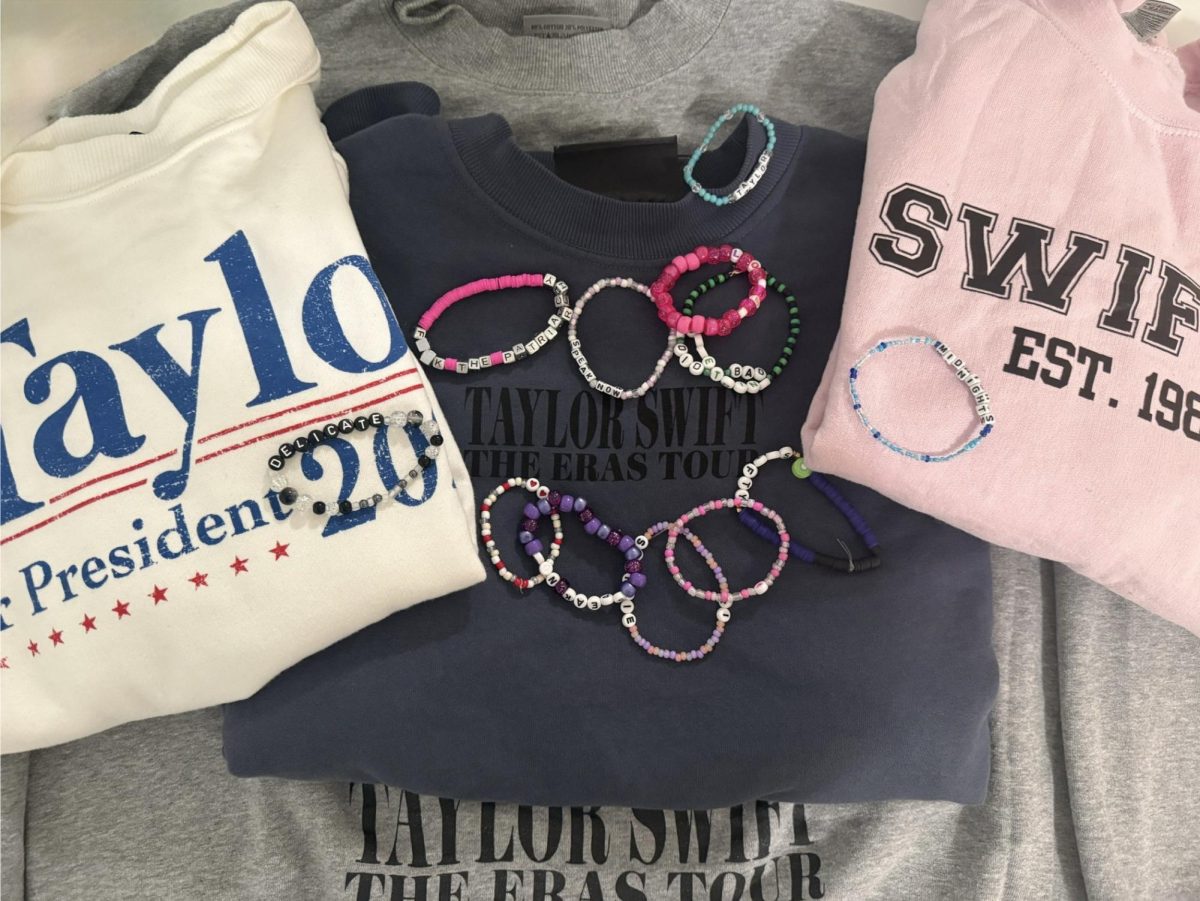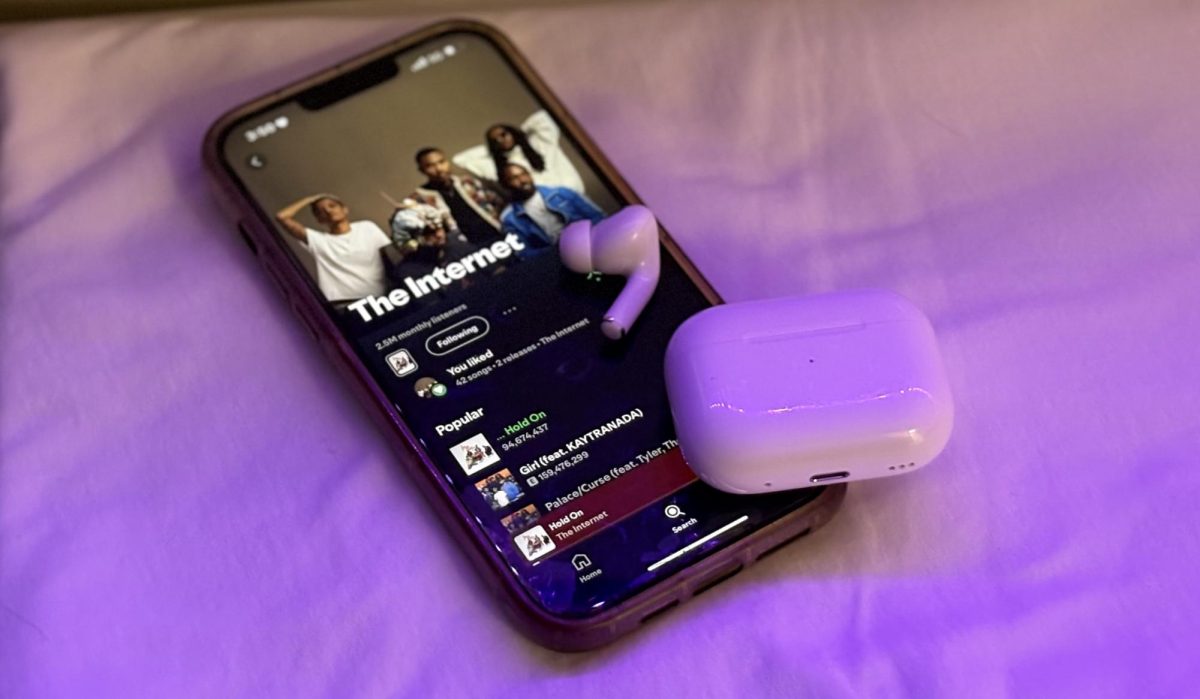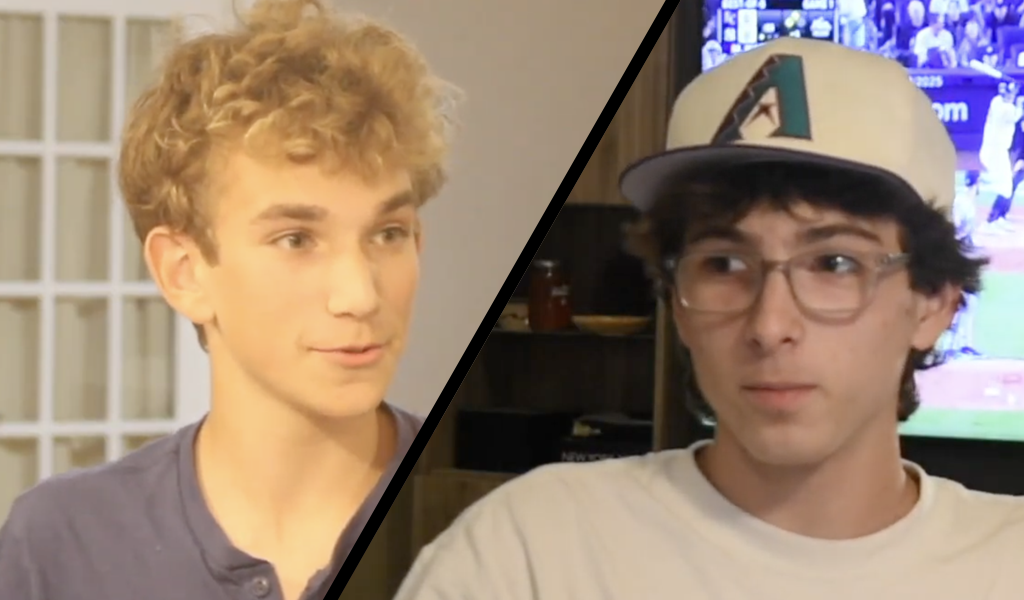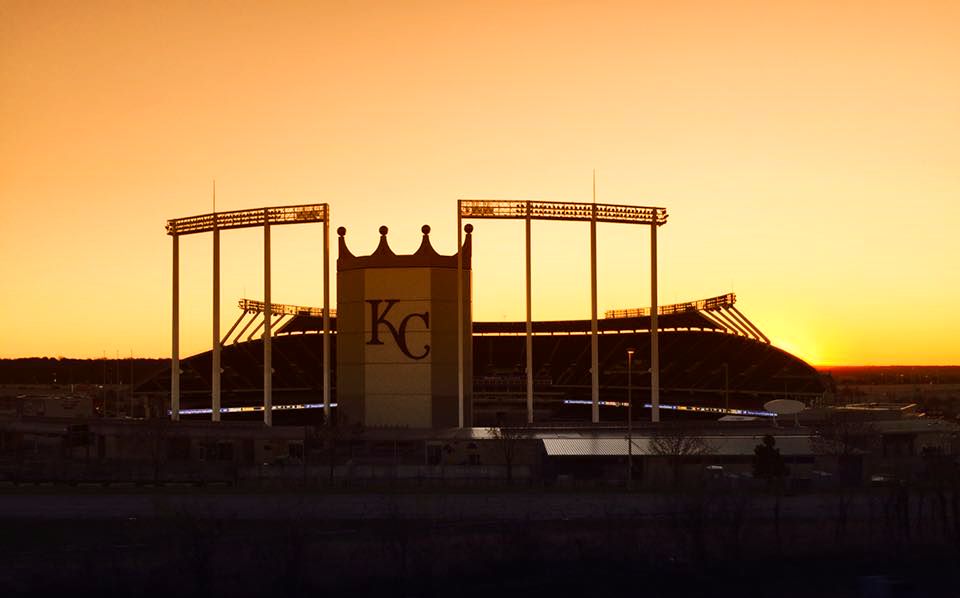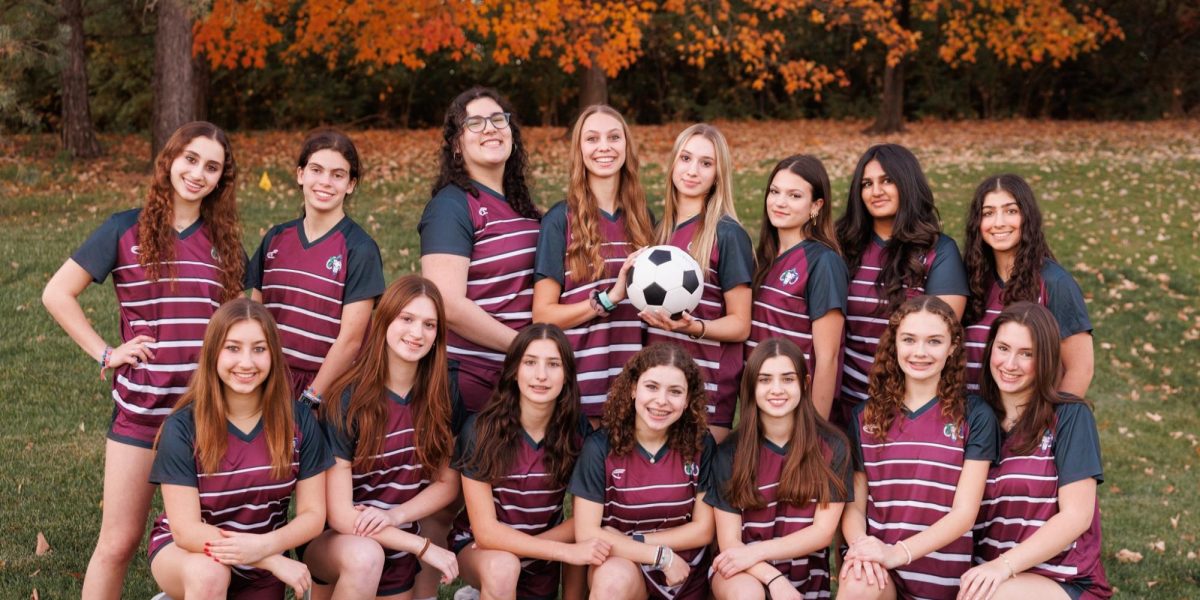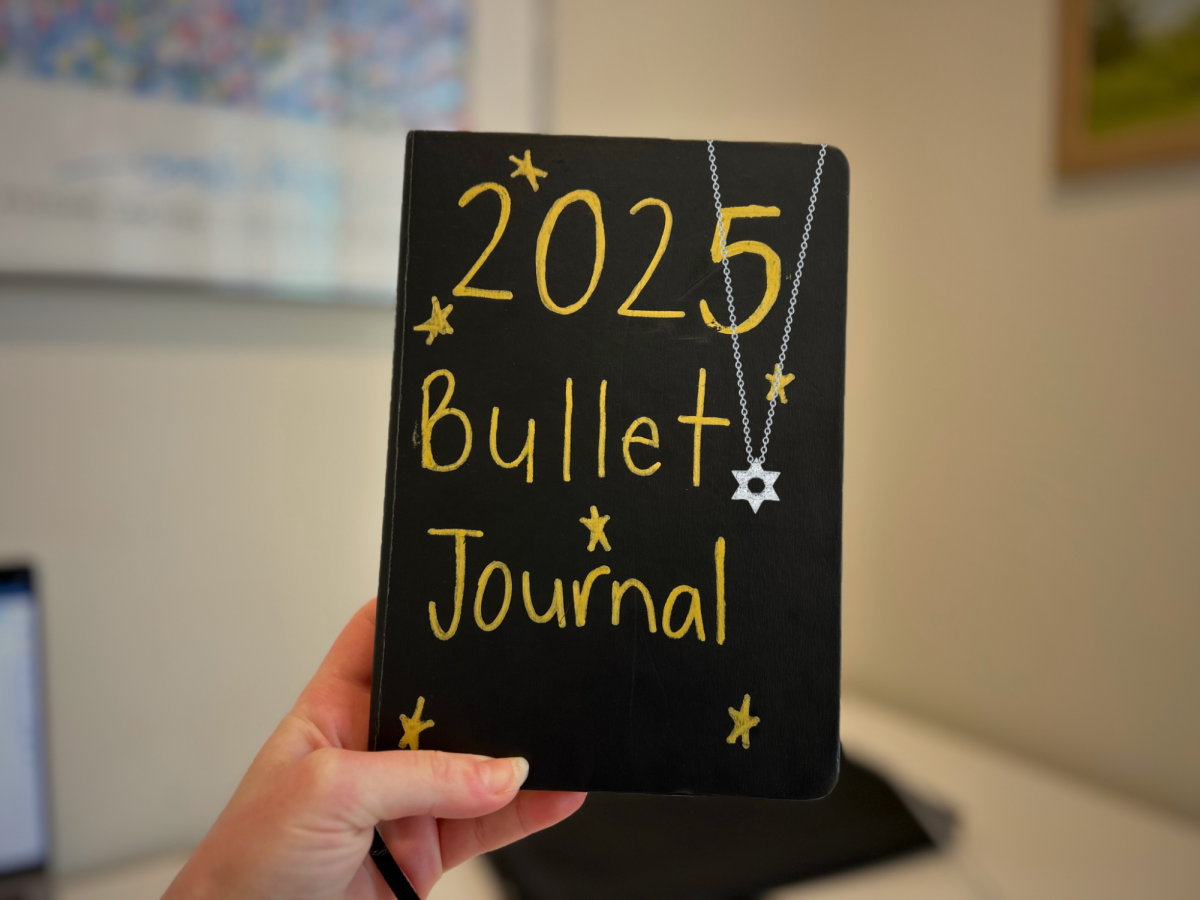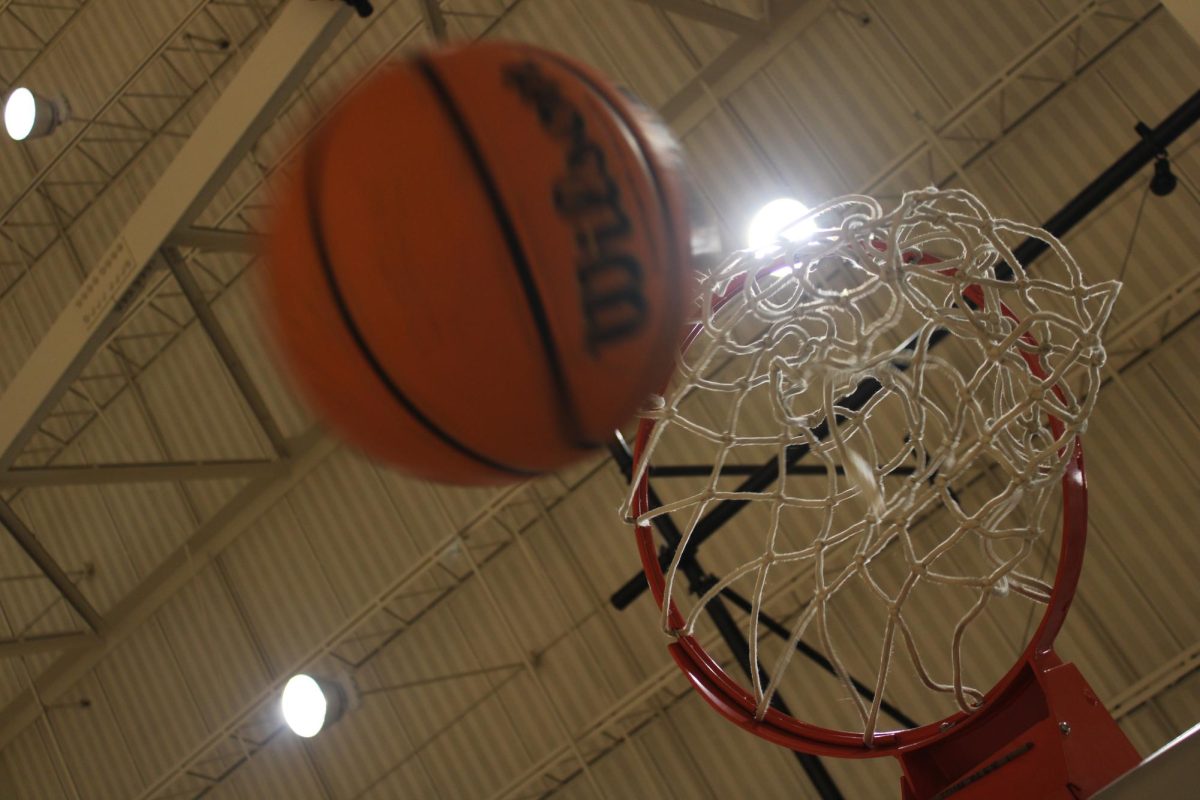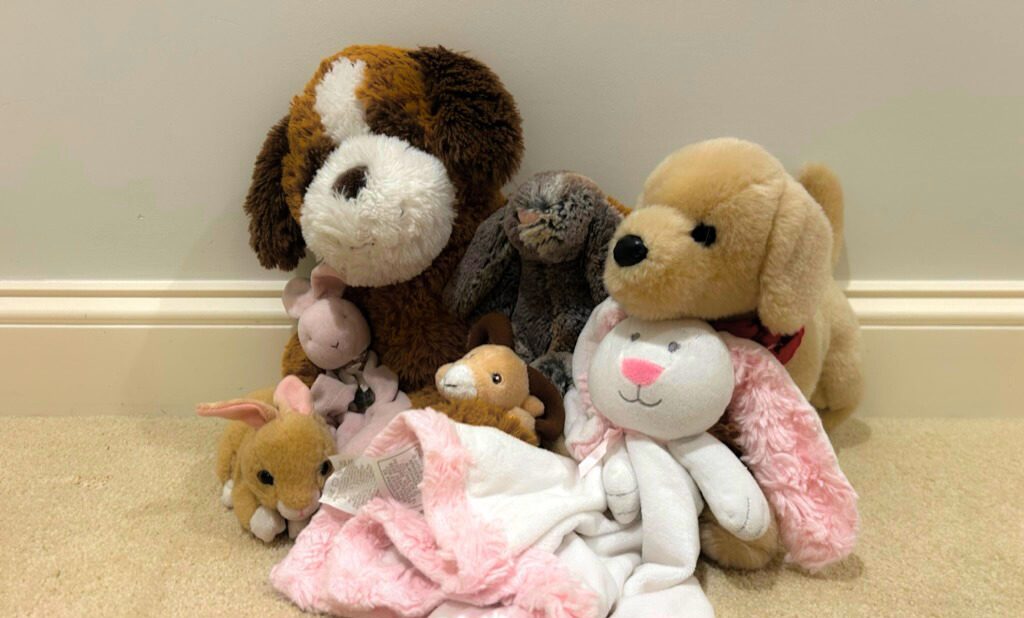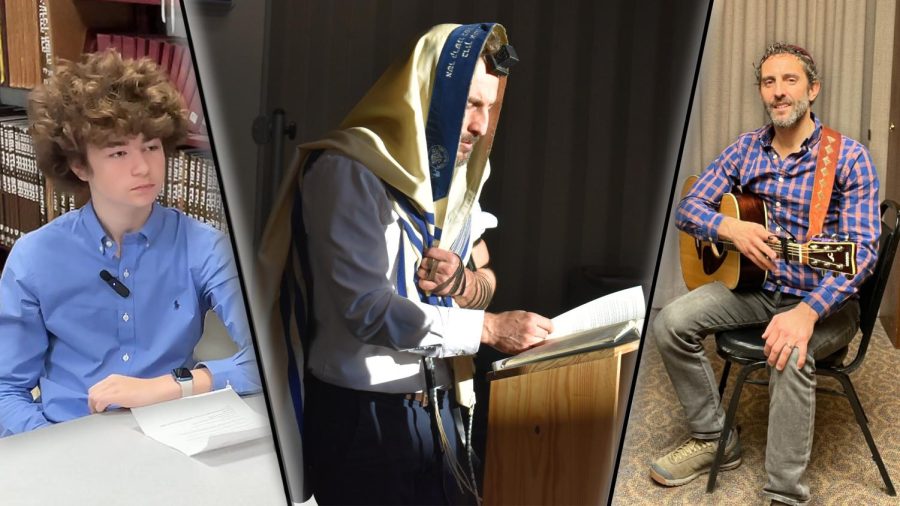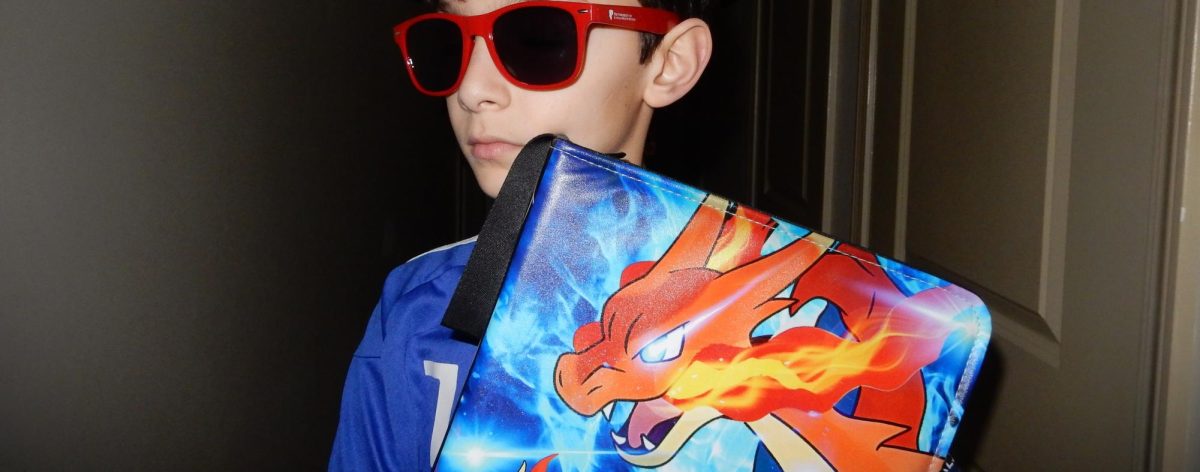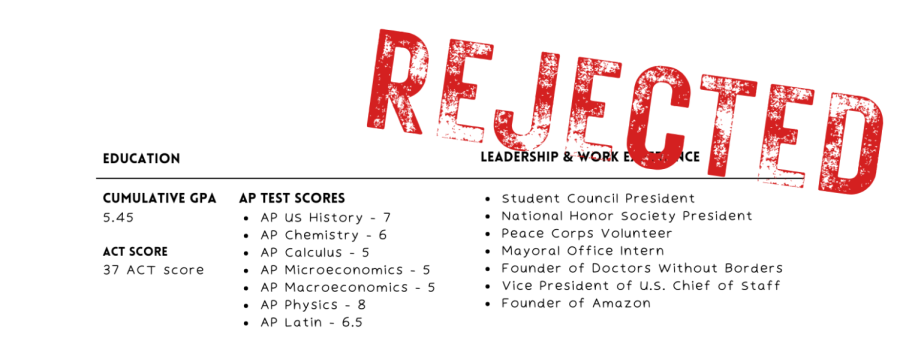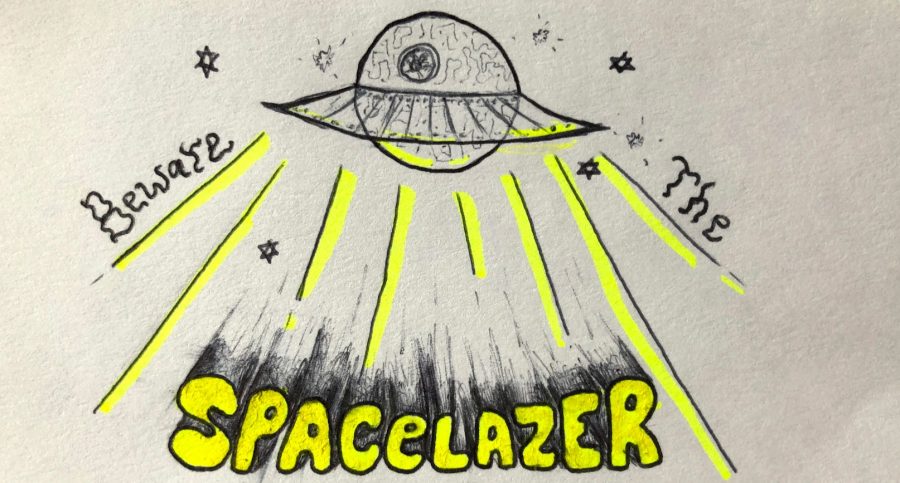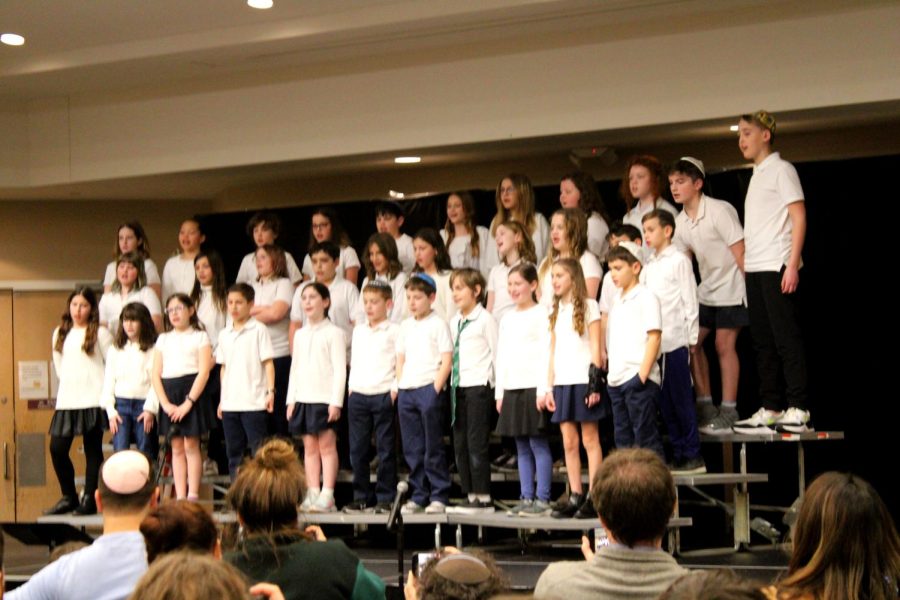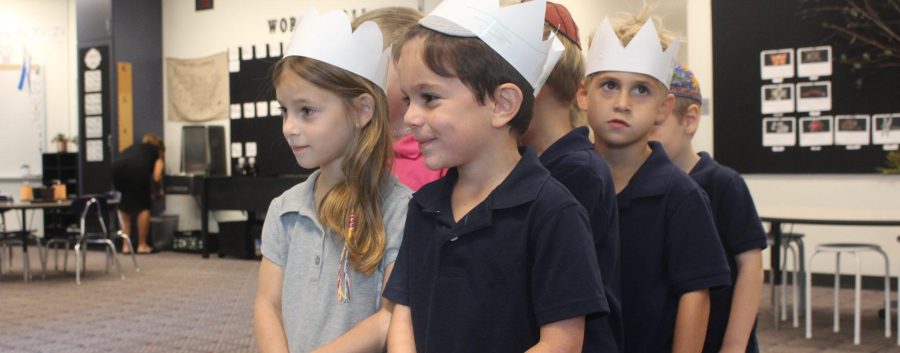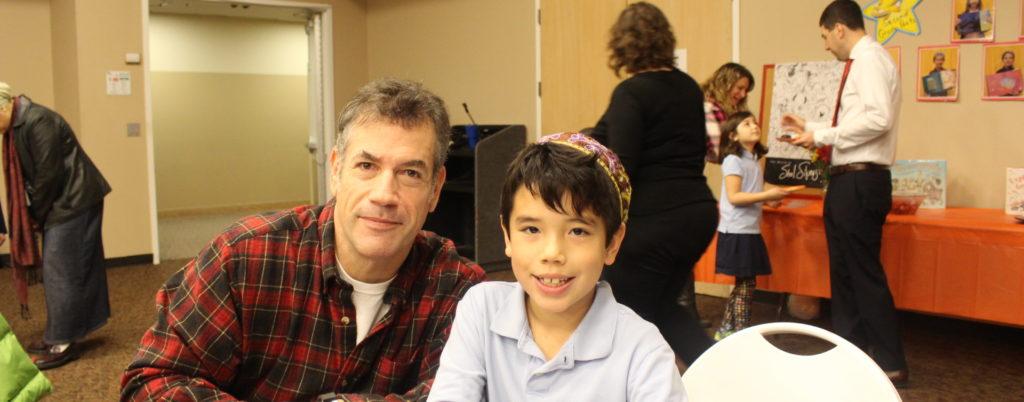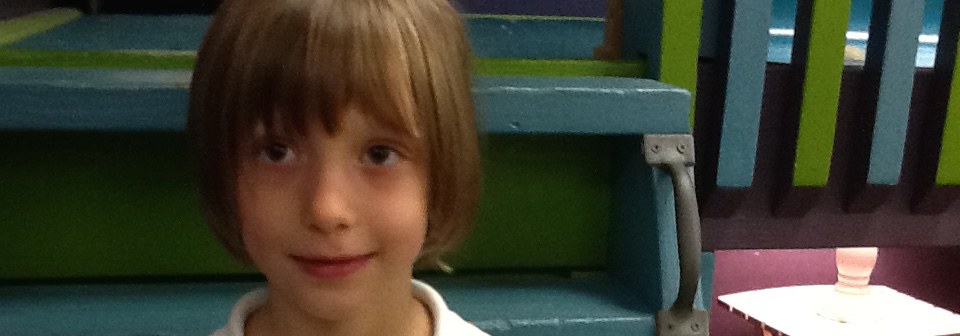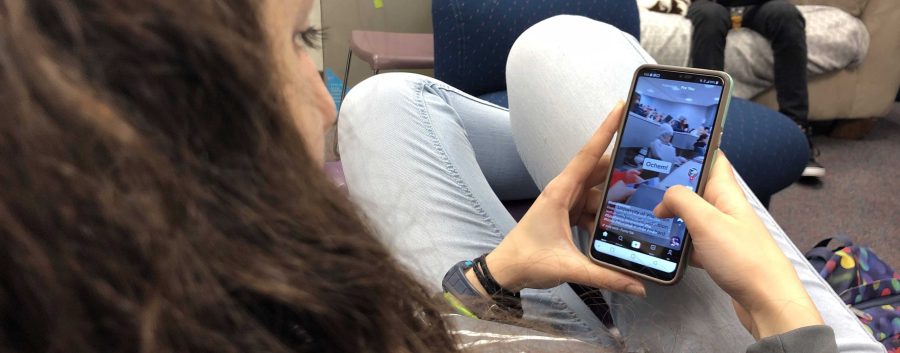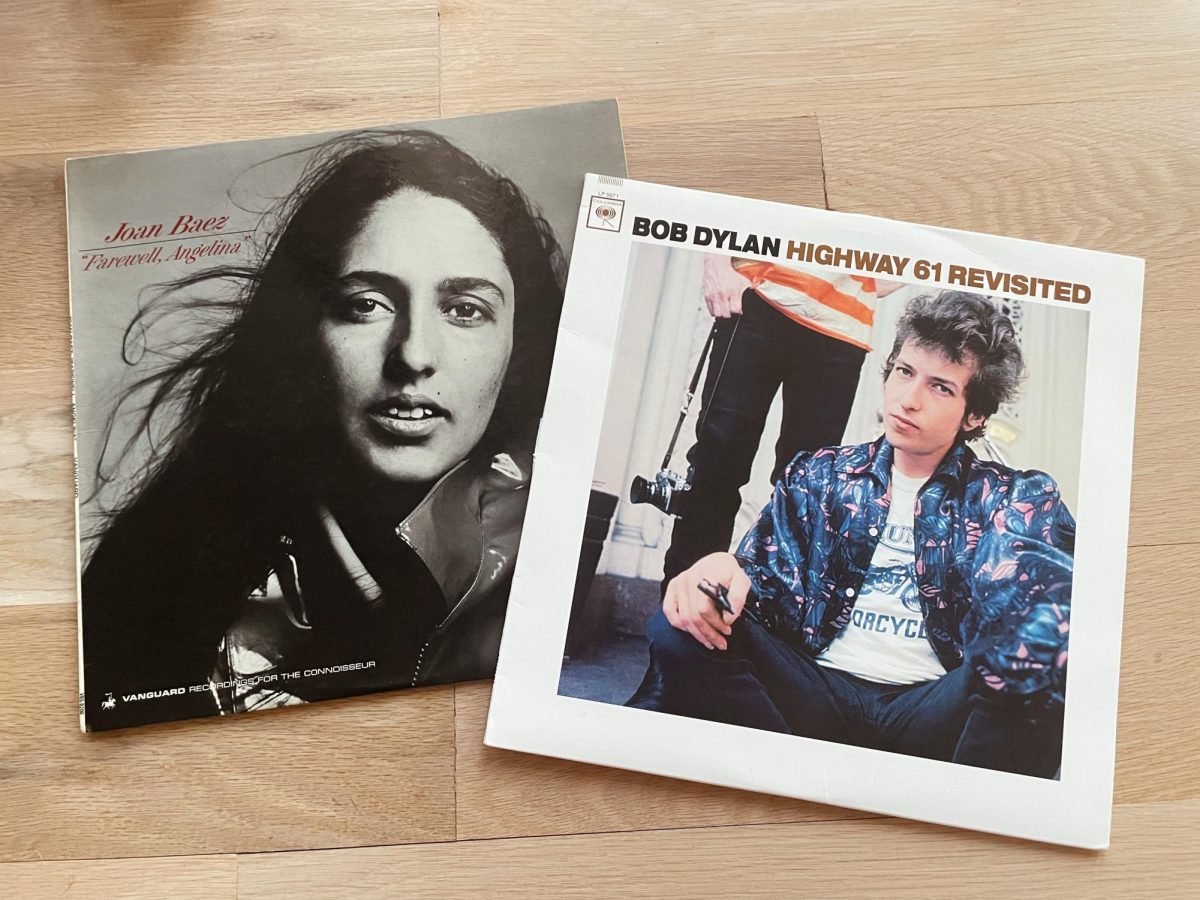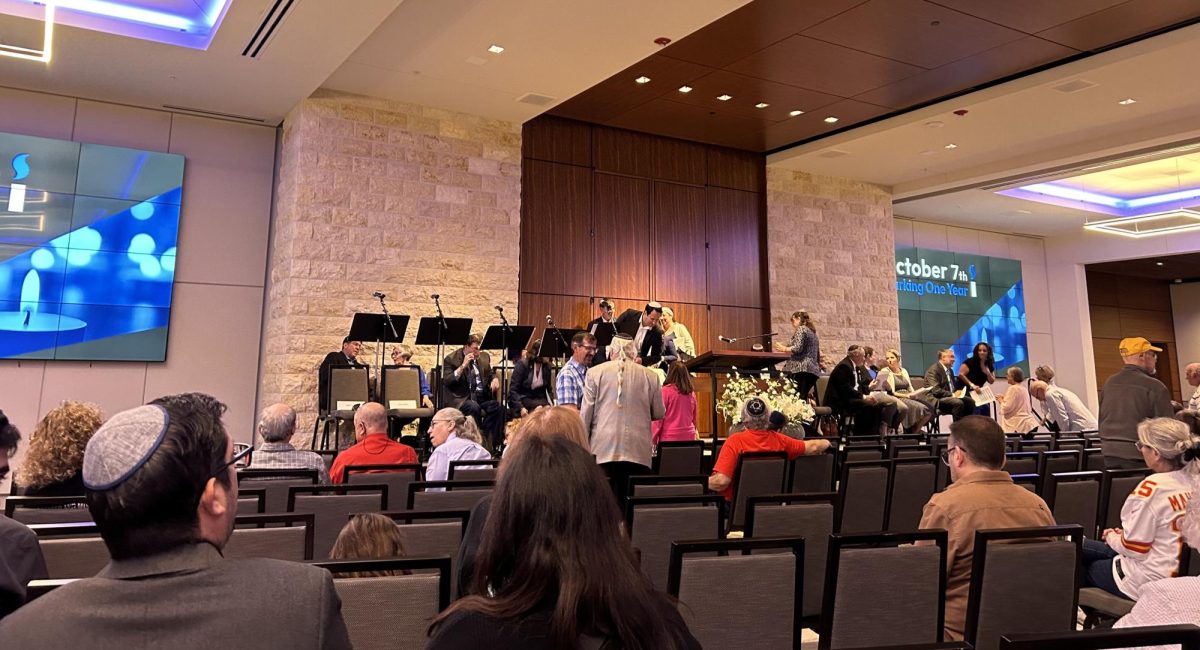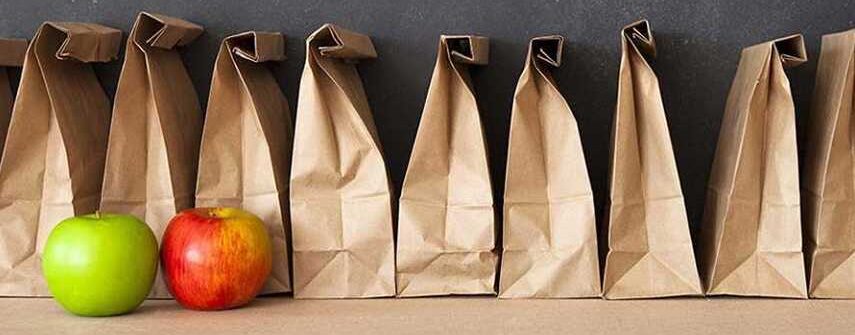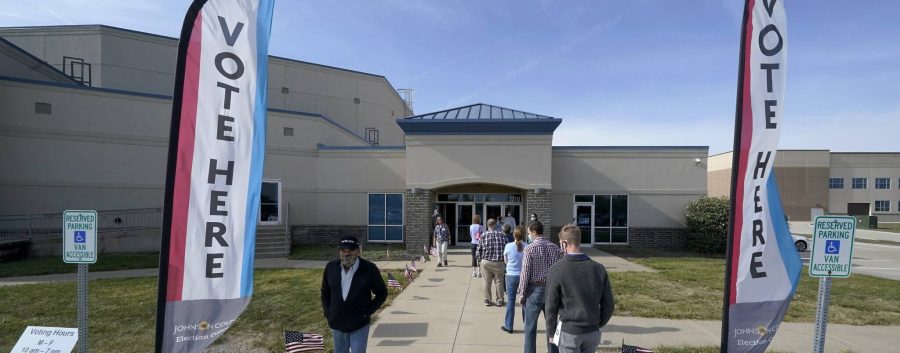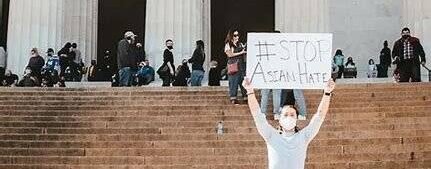Slider photo by Sara Saidel.
TikTok, the video-sharing social networking service owned by Chinese company ByteDance Inc., has taken pop culture media by storm. TikTok, which evolved from the hit app Music.ly, is known for its lip-syncing, dance, and comedy videos. TikTok has risen to be the third most downloaded app in the world, with a total of over 200 million downloads according to Sensor Tower Blog. Children, teenagers, and young adults utilize TikTok as a place to express themselves, and many have become “influencers” who have gained strong social media followings, and they even enjoy financial gain from their TikTok creations.

On TikTok’s website, it publicizes its mission “to inspire creativity and bring joy.” However, while this may sound like a positive message, it is not fully executed on the app. When a public TikTok creator makes a video, it goes on the For You page, where anyone on the app can see the creation. The more likes, comments, shares, and follows a video gets, the more people see it, and therefore, the more successful it becomes. While it seems that with this process almost anyone’s video could become viral, the largest group of creators who are successful are white; very few famous creators are of another race.
I asked five teenagers I know who have the TikTok app to see out of 20 videos, how many people in them were non-white. Out of the 100 videos, only 25 percent of the videos were made by users who were non-white. While there are no demographics available regarding the statistics on race representation on the app, with 500 million users worldwide, and with the majority of TikTok users living in Asian countries, this statistic is especially jarring.
This is not where the race discrepancies end on TikTok. There is a trend that includes white users making videos of themselves using commonly known African American stereotypes to improve their views and followers. These videos include white teenagers changing their accents to sound “ghetto,” using appropriated slang terms and ebonics, and demonstrating certain mannerisms for comedic purposes.
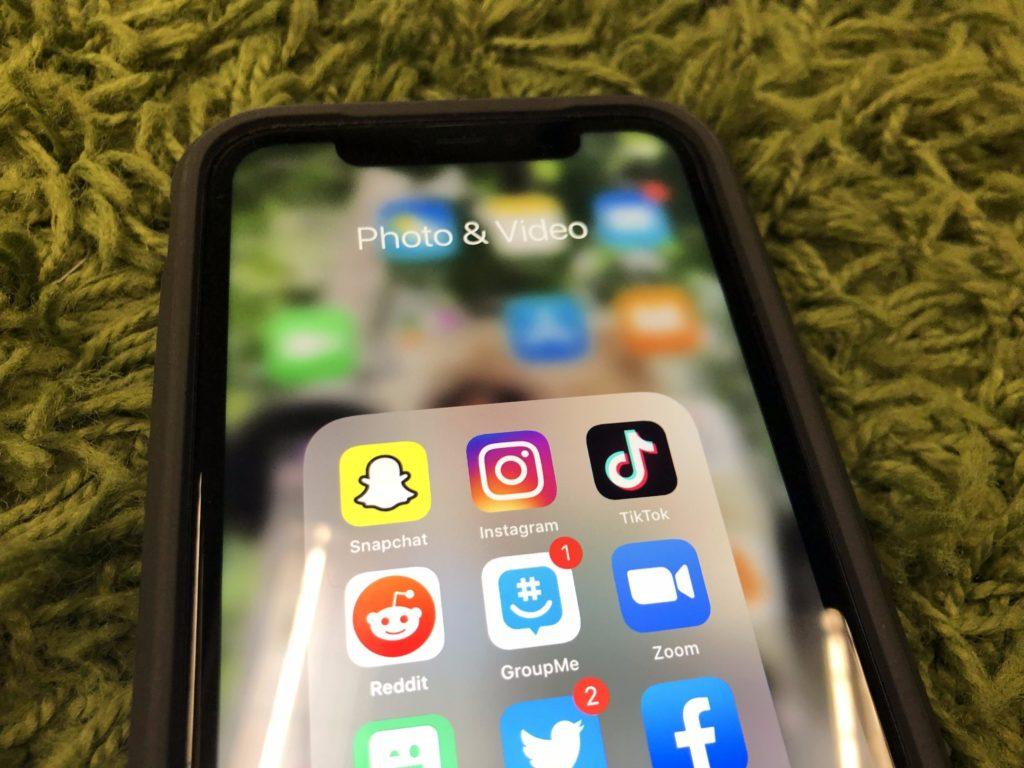
Teens and young adults use TikTok to express themselves and their opinions, but sometimes it can go a little too far. Junior Abby Kriesler commented on this phenomenon saying, “most of the time when I’m scrolling through TikTok I see a lot of offensive videos. Whether it’s racism, homophobia, body-shaming, or anti-Semitism, these videos encourage offensive jokes and unrealistic expectations. So many young kids are watching these videos, and it’s polluting the future to make kids think that you have to look or act a certain way to be accepted and make it in the world.”
These two examples of race issues on TikTok reflect America’s pop culture patterns. 73 percent of celebrities in Hollywood are white, and the portrayal of African Americans for entertainment purposes goes all the way back to the 1800s. Many consider Generation Z to be the most progressive and accepting generation, and as the largest group of TikTok users, it seems that there would be a safe assumption that there is, therefore, less racism and offensive content on the app. Unfortunately, however, this is not the case. While pop culture has obviously made incredible strides since the 1800s, TikTok is an apparent example of how much farther we still have to go to abolish the racial standards in America and the continuing trend of cultural appropriation.
——————————————————————————————————————–
The views and opinions expressed in this article are those of the authors and do not necessarily reflect the position of HBHA’s student publication. The editorial student staff of the “Rampagewired” places the highest value on student-run journalism and responsible, free expression.


